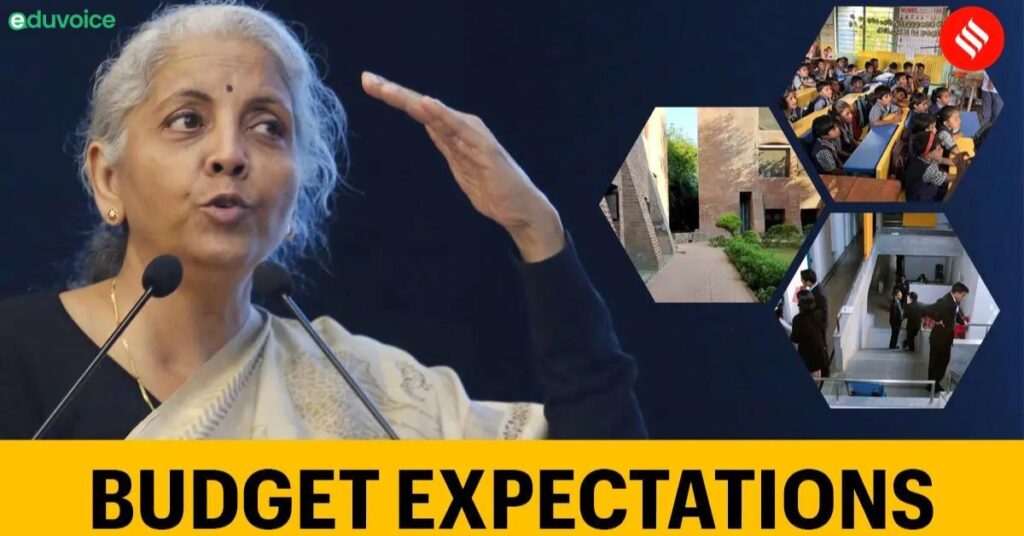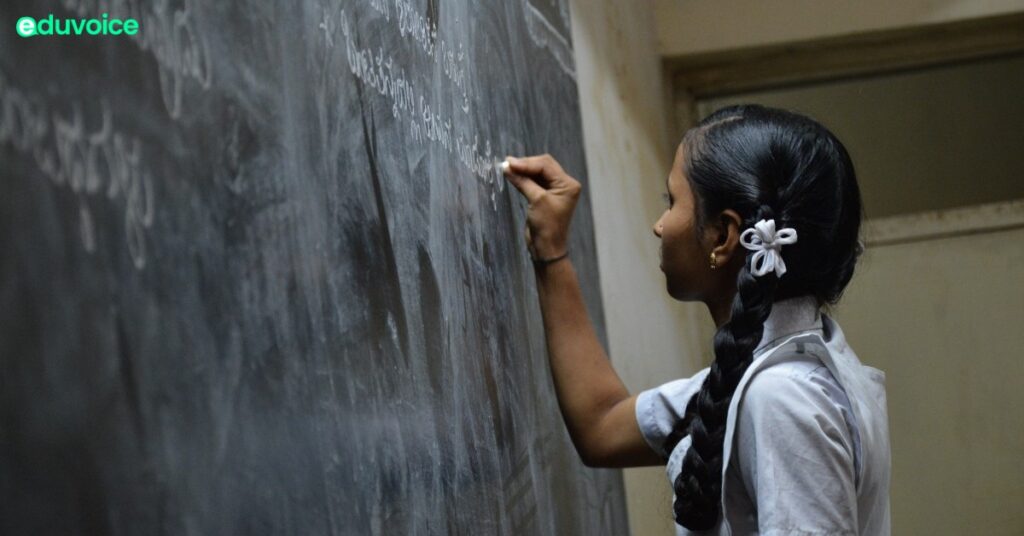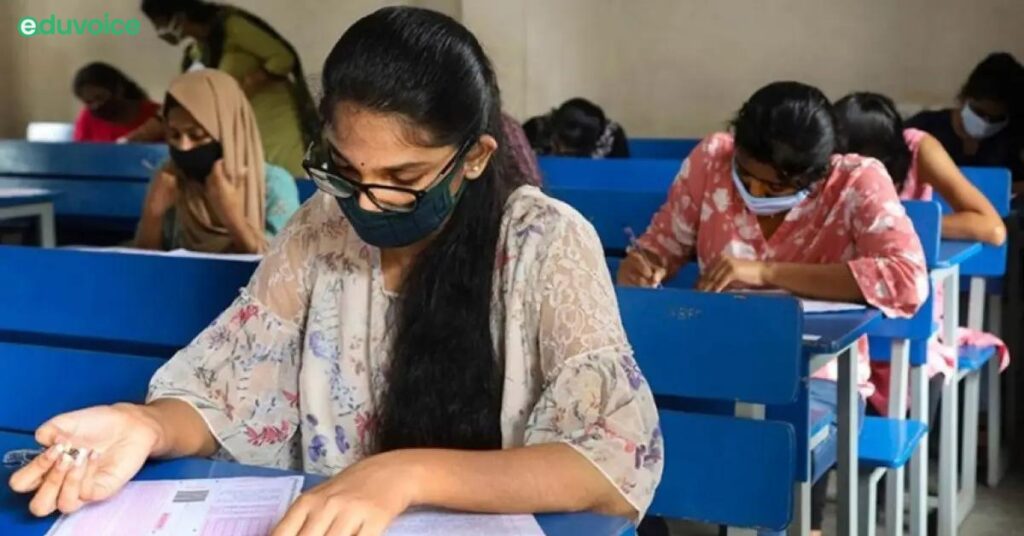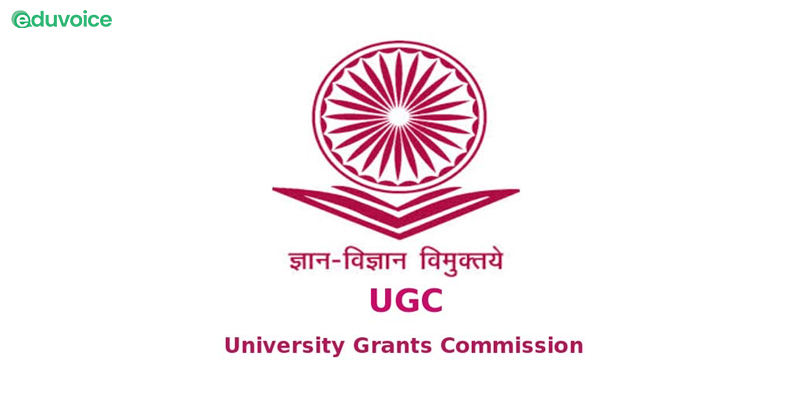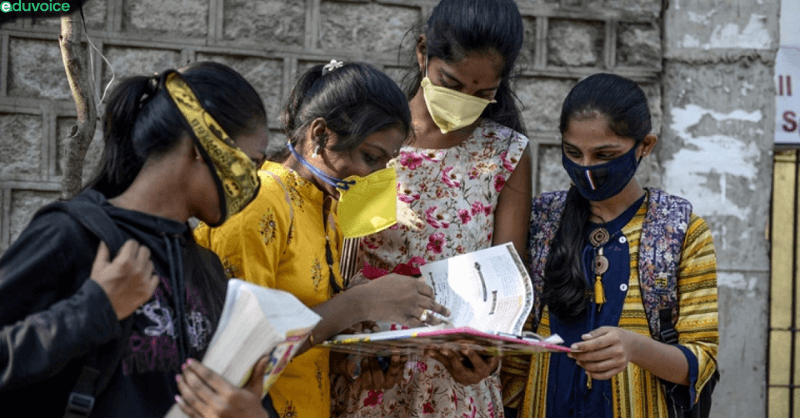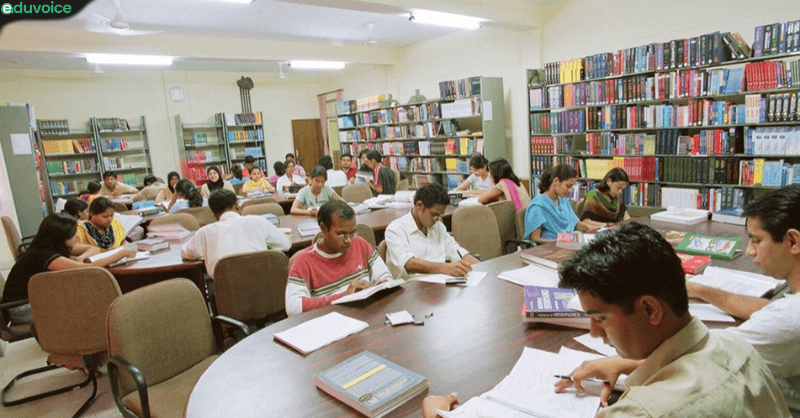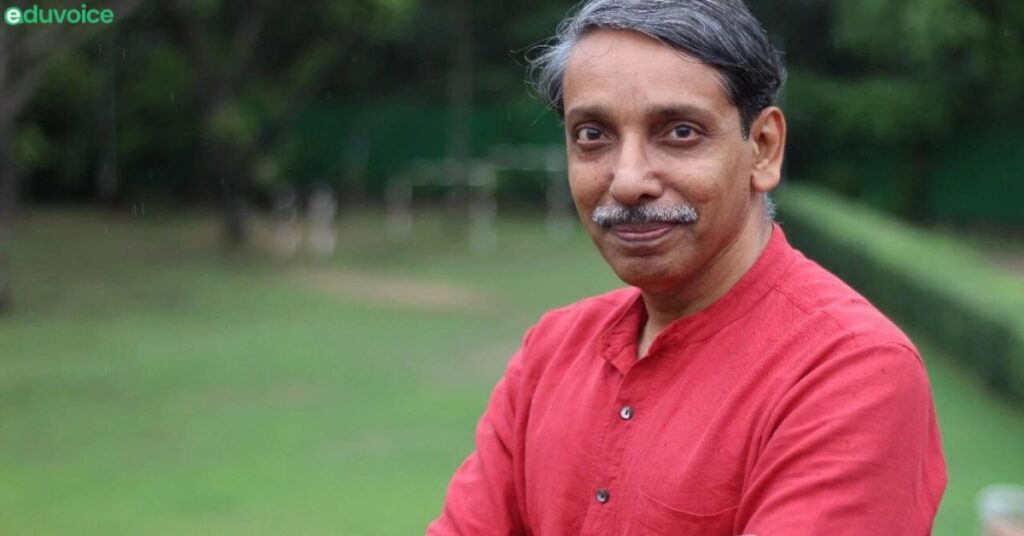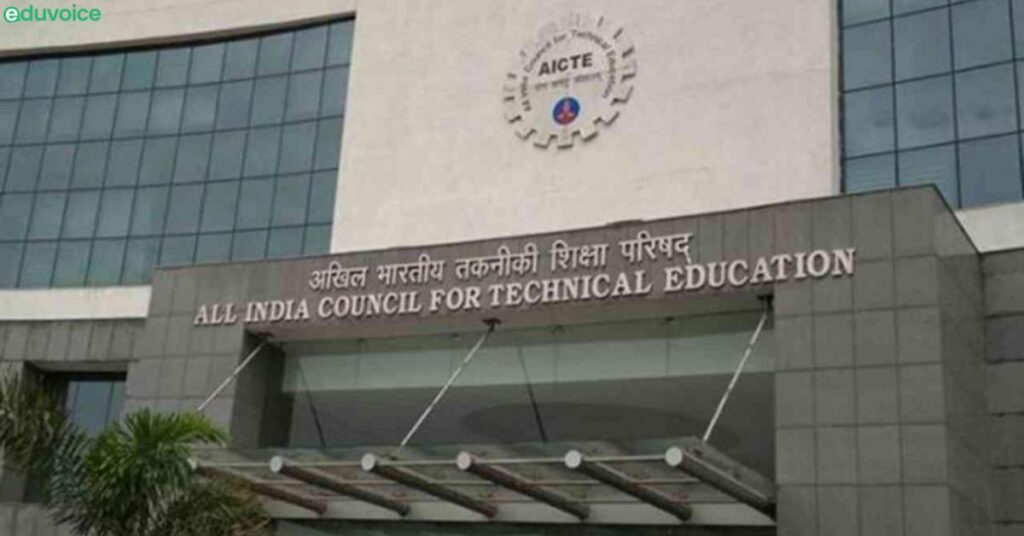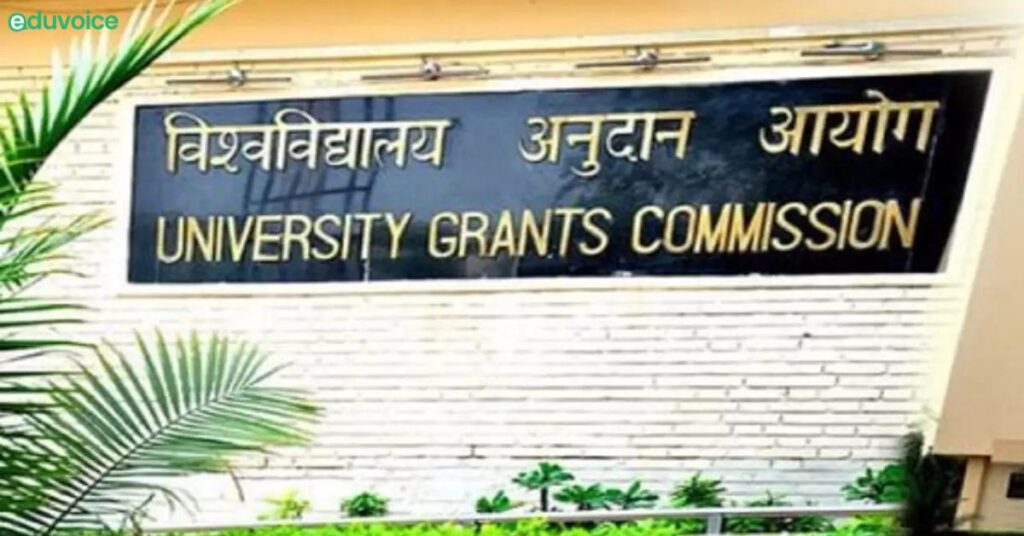Hamirpur (HP), Feb 13 (UNI) 11.2% more girls in Himachal Pradesh pursue higher education than boys, according to a report of AISHE.The Gross Enrollment Ratio in the country is 27.3%, while in Himachal it is 38.7%, which means that Himachal has 11.4% more children pursuing higher education than the national average.Notably, the percentage of girls […]
Tag Archives: featured
As the Union Budget 2023-24 will be presented on February 1, various stakeholders from the education sector share what are their budget expectations for this year.
There have been a number of recent developments in Indian education policy that have had significant implications for the sector and its stakeholders. While earlier policies, such as the Right to Education (RTE) Act in 2009, have helped India make commendable progress with ensuring universal access to primary education, the focus of recent policy has […]
The CPI has opposed the University Grants Commission’s (UGC) decision to allow foreign universities to open branches in India, claiming that it would “harm” the country’s higher education system. In a statement issued on Friday, the Communist Party of India (CPI) said the time allotted to put forward suggestions on the issue is grossly insufficient. “The policy […]
Samir V Kamat, DRDO chairman, obtained his BTech (Hons) in 1985 from IIT Kharagpur and, in the next three years, completed his PhD from the Ohio State University in 1988. Amit Kumar at IIT Delhi did his BTech from IIT Kanpur in 1997 and obtained his PhD in 2002 from Cornell University. He is a […]
According to a recent survey of the effect of Covid-19 on higher education in Maharashtra has indicated that 82% of students envision trouble in funding their education in the new academic year 2020-21. Led autonomously by IIT-Bombay faculty BN Jagtap and education researcher Anand Mapuskar, the review has discovered 80 percent female and 84 percent […]
Indian colleges and universities will be permitted to present to 40% of their coursework online, twofold the sum allowed now, as specialists endeavor to decrease scholastic misfortune as a result of the delayed effect of coronavirus on-campus education.
From perceptible macro-level reforms to subtle nuanced shifts, India’s education system is undergoing a sea change under the New Education Policy (NEP), 2020. The University Grants Commission (UGC) is now aiming at combining NEET and JEE (Main) with the CUET to create a One Nation One Exam for all purposes. Talking to Vibha Sharma, UGC Chairman M Jagadesh Kumar spoke about important issues concerning the students. Excerpts:
Technical education regulator AICTE’s recent directive to colleges to accept the Class X and XII certificates issued by a new “Vedic board” comes without the scrutiny of the syllabuses & Without Syllabus Scan to assess whether these meet the requirements for admission to engineering courses, government sources said.
The University Grants Commission (UGC) and All India Council for Technical Education (AICTE) decided on September 21, that a cluster approach may be adopted by clubbing officers of both the regulators to deal with similar functions. According to an official statement, the decision was taken at a meeting of all the bureau heads of the […]


